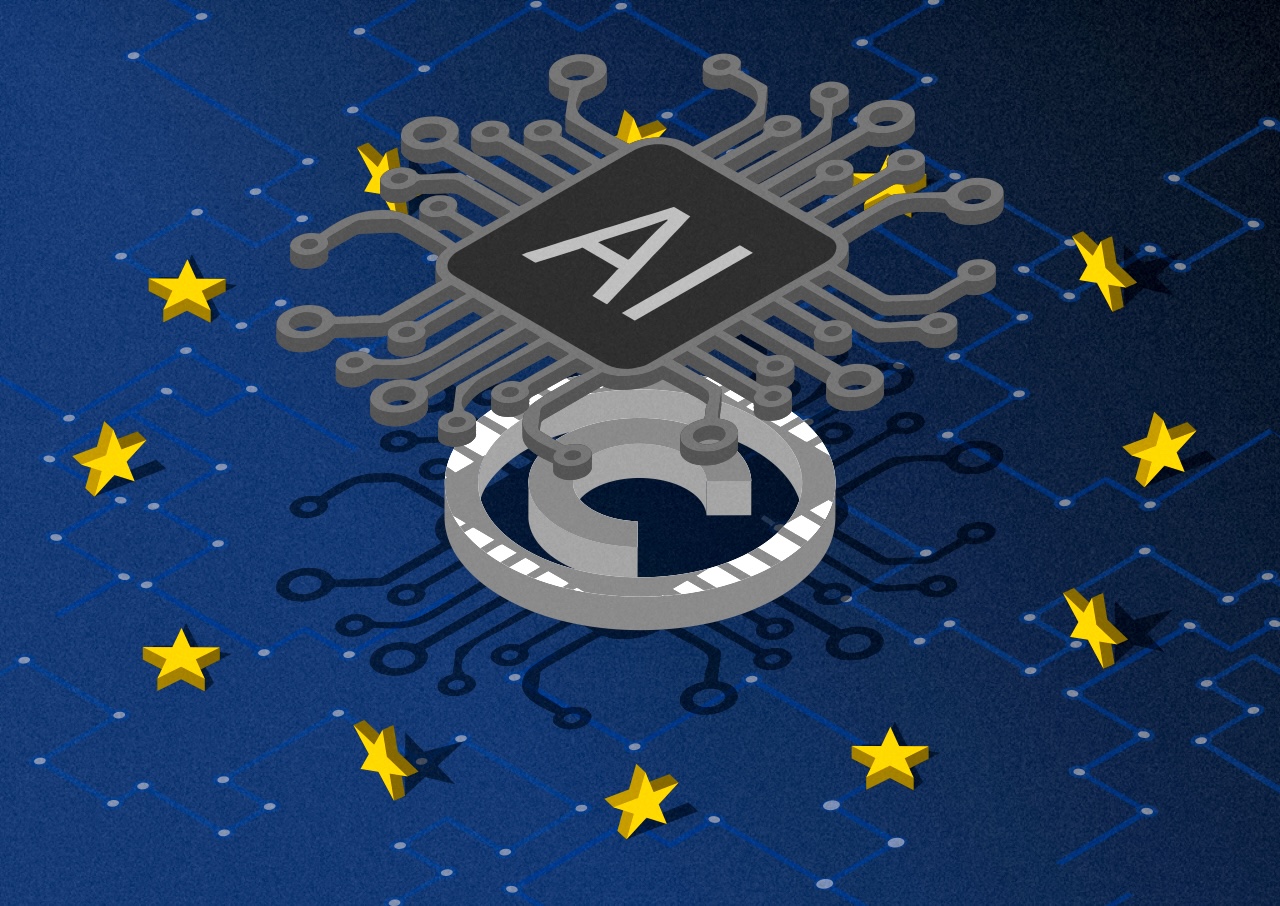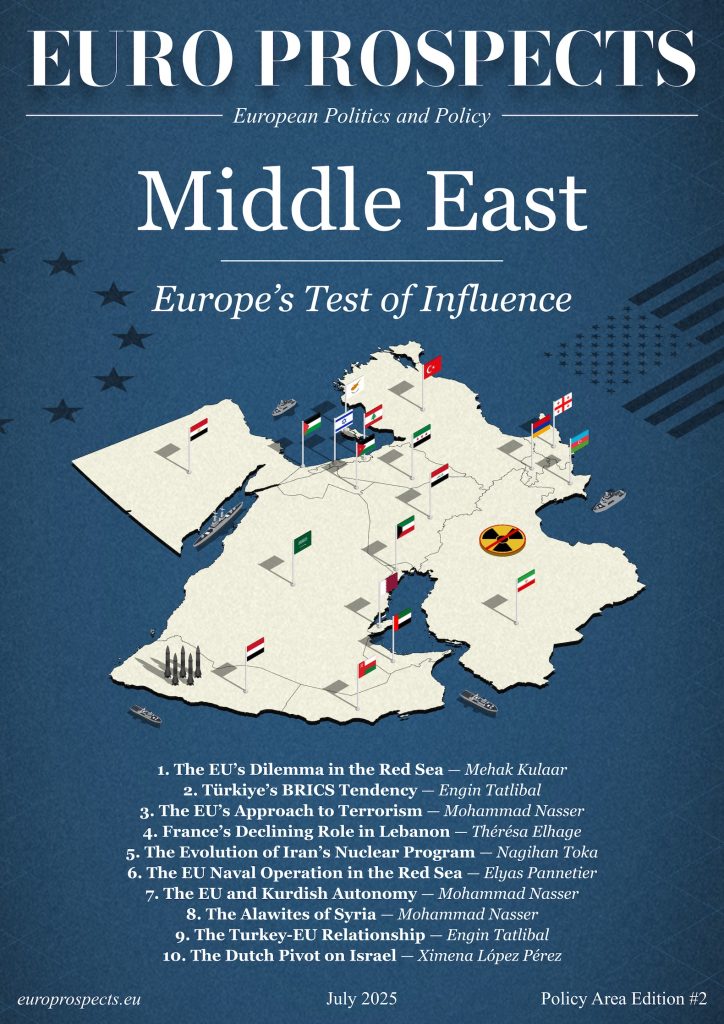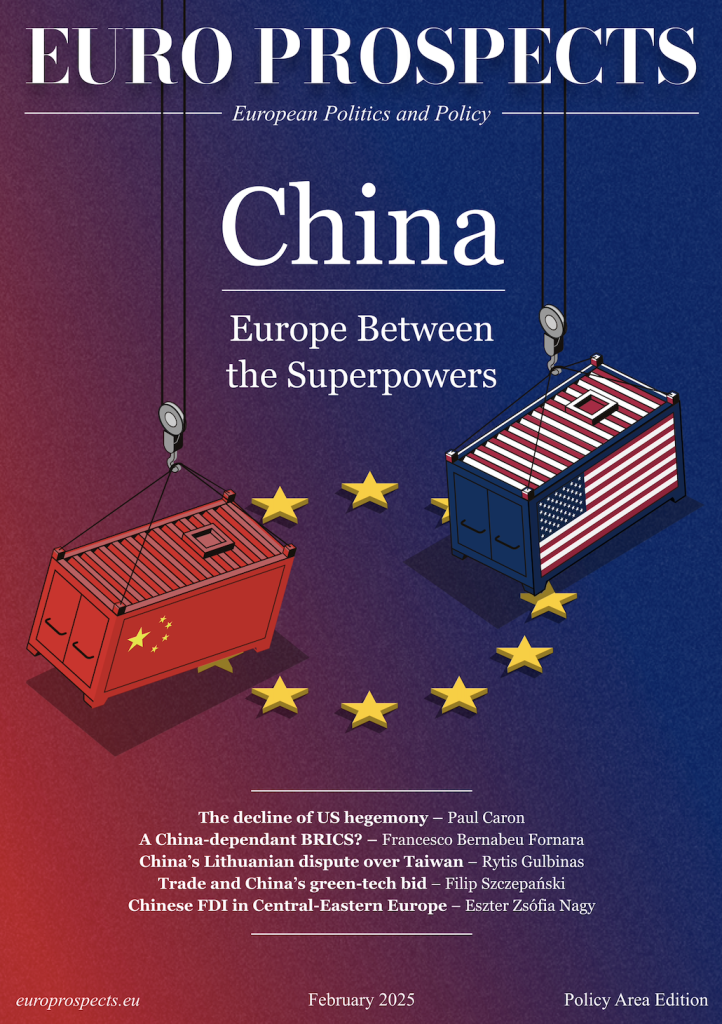
7 min read — AI | Policy | Legislation | EU
The EU AI Act’s Copyright Loophole: A Threat to Creative Rights?

The European Union’s adoption of the AI Act—the world’s first comprehensive legal framework for artificial intelligence, arrived at a time when generative AI systems were becoming almost overwhelmingly popular. As users flocked to these models to produce everything from text and music to digital art and poetry, musicians, authors and other creators became afraid that their work was quietly fed into generative AI systems without their consent or any compensation. That brought up a significant issue: When AI produces content, how much is it genuinely new and how much is simply a reassembly of existing human-made work based on its prior training?
Under current European copyright law, reproduction rights give creators exclusive control over their work—how and by whom it can be used. During the AI’s content creation process, the reproduction right can, in theory, be invoked at different stages—whether during the model’s training phase, which often relies on datasets gathered from copyrighted online sources, or at the output stage, where the AI’s results may replicate human created work. According to MEP Axel Voss, this issue was brought up during the latter stage of the AI Act negotiations but received little to no attention. Instead, the European Commission advised tech companies to follow the 2019 Copyright Directive, particularly Articles 3 and 4 which deal with text and data mining. Under these articles, research and cultural heritage institutions are allowed to use copyrighted content for text and data mining, provided they have legal access. This exception also applies to commercial entities, unless the original creators have clearly opted out. However, as MEP Axel Voss highlights, these regulations weren’t designed for the large-scale use of copyrighted works by major tech companies.
With the increasing popularity of generative AI models capable of producing books, music, artwork, and images, cultural organizations became frustrated and pursued legal actions, which resulted in numerous lawsuits on the base of copyright infringement. As such, fifteen cultural organizations, including the European Composer and Songwriter Alliance and the Council of Literary Translators’ Associations, wrote an appeal to the European Commission, demanding immediate action. As they put it: “We firmly believe that authors, performers, and creative workers must have the right to decide whether their works can be used by generative AI, and if they consent, they must be fairly remunerated.” But despite this appeal to creative rights protection, the EU has faced pressure elsewhere as well. Europe’s Struggle to Balance AI Innovation with Cultural Protection.
Europe’s Struggle to Balance AI Innovation with Cultural Protection
For some time now, the EU has faced ongoing criticism, both from its member states and global players, regarding its strict regulatory framework around innovation and technological advancement. Doing so, the EU has seemingly faced a double-edged sword in its attempt to regulate fair AI development: it has wished to position itself as a global leader in AI innovation while competing with far less regulated environments, such as those of the United States and China. As such, the EU’s geopolitical and legislative dilemma is the following: Should it maintain a restrictive approach, smother innovation and push startups of the European market, or should it continue with heavy regulations that might threaten the cultural industries that define Europe’s identity and soft power?
Contrary to growing copyright infringement concerns among creators, the European Commission withdrew its proposed AI Liability Act. The legislation, which aimed to establish EU-wide rules on liability for damage caused by AI-enabled products and services, was dropped due to a lack of consensus between the Council of Ministers and the European Parliament. Nevertheless, the European Commission recently launched initiatives like the “AI Continent Action Plan” and the forthcoming Data Union Strategy, expected in the second half of 2025, which aims to enhance high-quality data accessibility across sectors, streamline regulation, and foster trust in data governance. These plans also seek to integrate copyright protection into AI policy frameworks, an effort to ensure that innovation does not come at the cost of Europe’s cultural heritage.
Overall, the debate around the EU AI Act and creators’ rights underscores a deeper truth; artificial intelligence has the potential to affect us in unforeseen ways. While technical aspects are undeniably important, we should also consider fairness, transparency and accountability. Generative AI has already reshaped the way that we create and interact with art, literature, and music or even the definition itself. It is crucial for the EU to ensure that its regulatory framework reflects not only its economic ambitions but also its values by incorporating ethical and transparent safeguards, to protect its creators. Having said that, the challenge remains to foster innovation and competitiveness without compromising the rights of those who make culture possible.
Write and publish your own article on Euro Prospects
Subscribe to our newsletter – stay informed when we publish articles on pressing European affairs.

